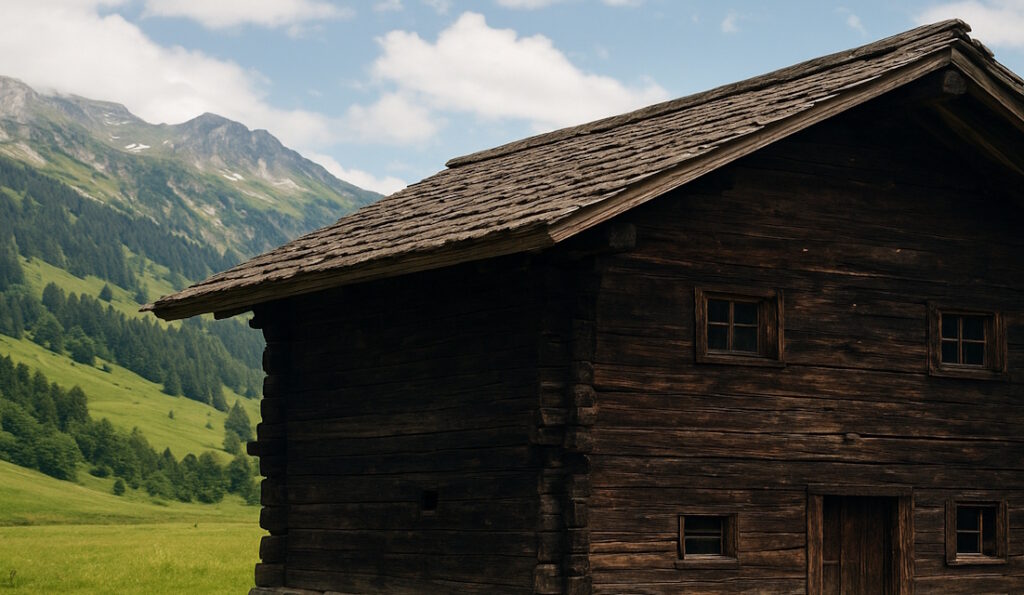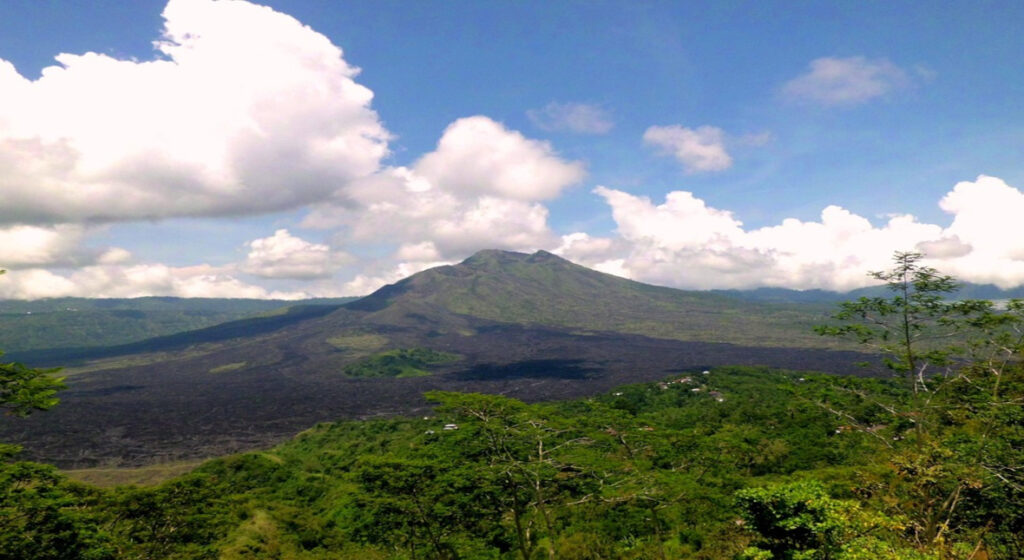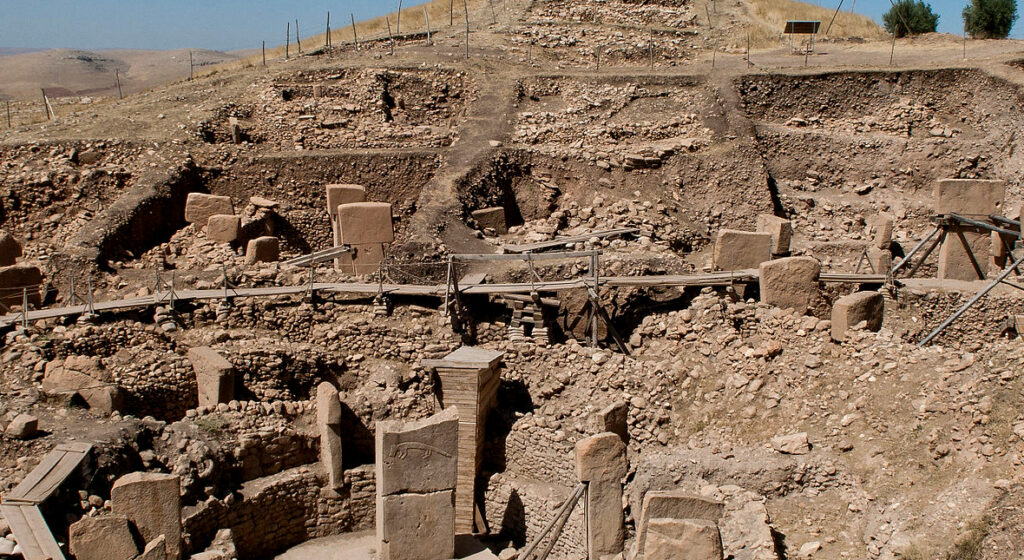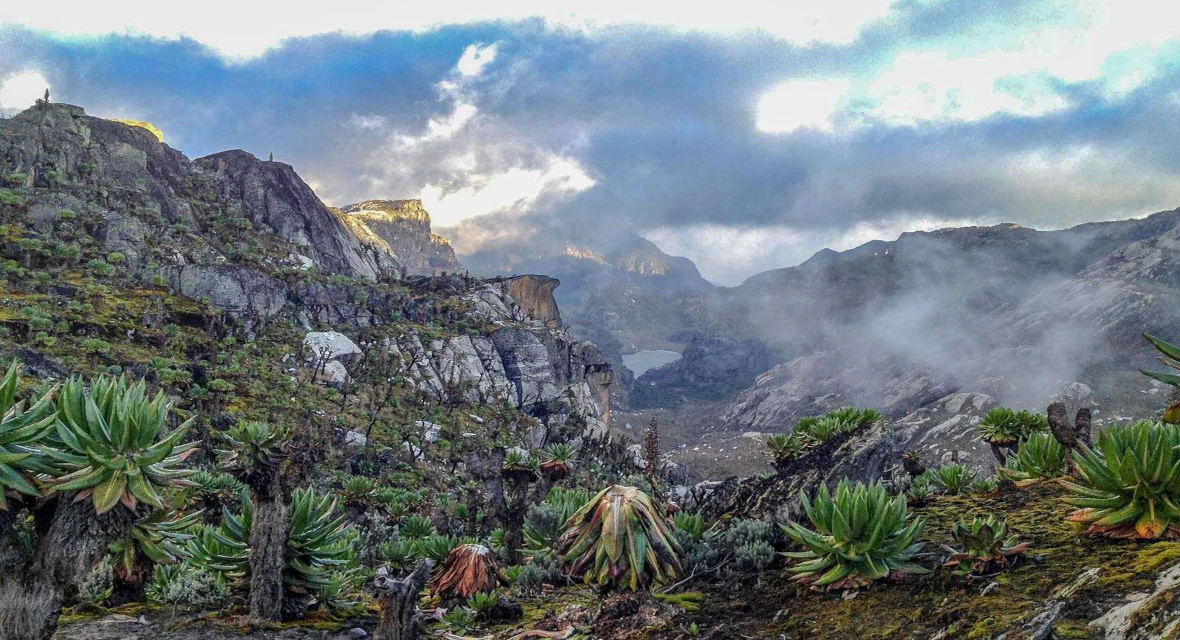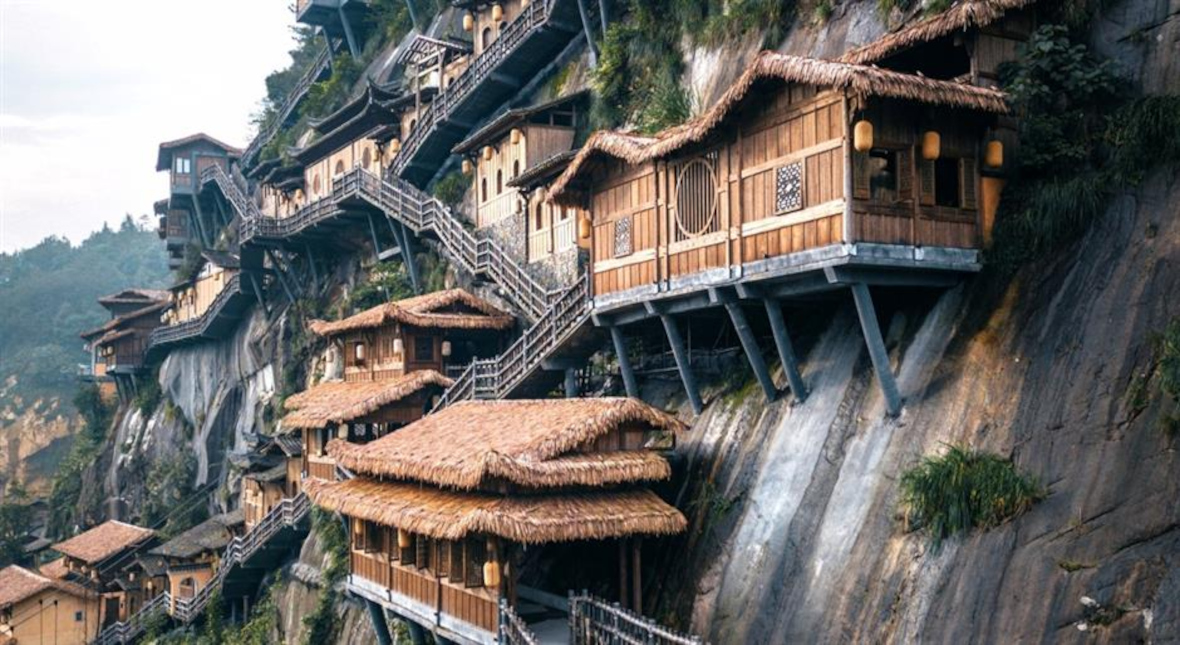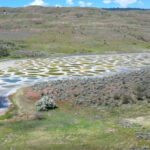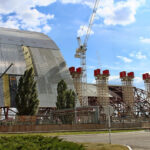Now Reading: The Kola Superdeep Borehole: The Deepest Hole Ever Drilled
-
01
The Kola Superdeep Borehole: The Deepest Hole Ever Drilled
The Kola Superdeep Borehole: The Deepest Hole Ever Drilled
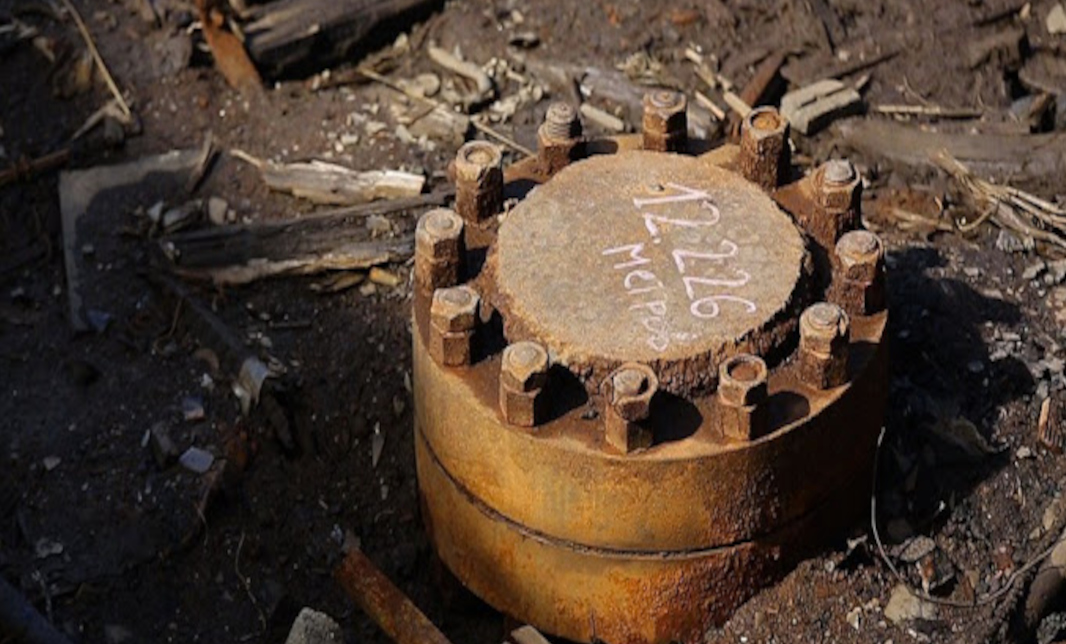
Coordinates: 69.3965°N 30.6100°E
The Kola Superdeep Borehole (KSDB) is the deepest artificial hole ever created by humans. Located in the Kola Peninsula, Russia, this scientific drilling project was an ambitious Soviet experiment to probe the Earth’s crust. The drilling began in 1970 and continued for 24 years, reaching an incredible depth of 12,262 meters (40,230 feet) in 1989 before the project was abandoned in 1994.
Mind-Blowing Facts About the Deepest Hole on Earth
1. Its Deeper Than the Deepest Ocean Trenches
The Mariana Trench, the deepest known natural point in the ocean, reaches 10,994 meters (36,070 feet) at the Challenger Deep. The Kola Superdeep Borehole is over 1.2 kilometers (0.75 miles) deeper than this, making it the deepest point on Earth ever reached by humans.
If Mount Everest (8,849 meters / 29,032 feet high) were placed inside the borehole, its peak would still be more than 3,000 meters below the surface!
2. The Drill Kept Breaking Because It Got Too Hot
Scientists expected that temperatures at 12 km deep would be around 100°C (212°F). Instead, they found temperatures reaching 180°C (356°F), which was much higher than predicted.
This intense heat softened the rocks, making them behave like hot plastic, which caused severe mechanical failures in the drilling equipment. The extreme conditions forced scientists to abandon further drilling.
3. Scientists Found Unexpected Things Beneath the Earth– –
- Liquid Water at Unimaginable Depths
One of the most shocking discoveries was liquid water at depths greater than 6 kilometers. Scientists had assumed water couldn’t exist at such depths due to high pressure, but it turns out that cracks in the rocks were filled with water trapped from ancient geological processes.
- Fossils From Billions of Years Ago
Scientists discovered microscopic fossils (plankton fossils) from 24 species of marine life in rock formations over 2 billion years old. These fossils were carbonized due to extreme heat and pressure, proving that ancient seabeds had been buried deep under layers of rock.
- The Unexpected “Transition Zone”
Scientists originally believed that at around 3-5 km deep, they would reach a transition between granite and basalt, which would mark the boundary between the Earth’s crust and mantle.
However, they never found basalt—only metamorphosed granite. This discovery challenged many geological assumptions about the Earth’s composition.
4. The Hole is Only 23 cm Wide!
Despite being the deepest hole ever drilled, the borehole is incredibly narrow—just 23 centimeters (9 inches) in diameter. That means even though it extends 7.6 miles deep, it’s only wide enough to fit a dinner plate!
5. The “Well to Hell” Myth
The Kola Borehole has inspired creepy urban legends, including a popular story that Soviet scientists had drilled so deep that they accidentally opened a gateway to Hell!
Some versions of the myth claimed that microphones were lowered into the hole and recorded terrifying screams from tortured souls.
In reality, this is pure fiction, but it became an internet legend that still circulates today.
6. The Project Was Ultimately Abandoned
The Soviet Union kept the project largely secret, as deep drilling was also linked to military research.
As the drill went deeper, the heat became unbearable, and drilling equipment stopped functioning
1994, funding was cut, and the site was abandoned, leaving a tiny 23 cm (9-inch) wide hole as the only visible sign of the decades-long effort.
How Does It Compare to Other Deep Drilling Projects?
Although the Kola Superdeep Borehole remains the deepest vertical hole, other projects have attempted deep drilling:
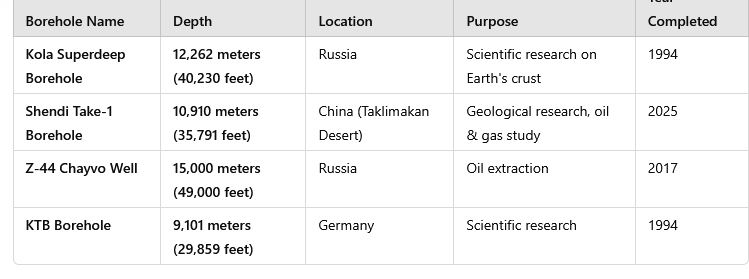
Key Takeaways:
- Kola Superdeep Borehole remains the deepest vertical borehole ever drilled.
- Shendi Take-1 is the deepest borehole in Asia and the second deepest overall, showcasing China’s drilling advancements.
- Z-44 Chayvo Well is the longest borehole, but it is not as deep because it is drilled at an angle.
Could We Ever Drill Deeper?
Even though the Kola Borehole is extremely deep, we are still nowhere near reaching the Earth’s mantle—let alone the core! The mantle starts at 35 km (22 miles) below continents, meaning we have only scratched the surface.
Challenges of Drilling Deeper:
Extreme Heat: Current drilling technology cannot handle the high temperatures (over 180°C / 356°F) at extreme depths.
Rock Becomes Plastic: Instead of being solid, rocks at extreme depths become soft and flow like plastic, making drilling unstable.
Cost & Funding: Deep drilling projects require billions of dollars, and most countries are unwilling to invest in such difficult scientific exploration.
The Future of Deep Drilling
Scientists are now working on advanced drilling technologies that use lasers, plasma, or molten metal to cut through rock more efficiently. Future projects could eventually reach the mantle, unlocking secrets about Earth’s interior, plate tectonics, and even deep-seated life forms.
What If You Dropped Something in the Kola Borehole?
If you dropped something into the Kola Superdeep Borehole, it wouldn’t take as long as you might think to reach the bottom—if it even made it all the way down without getting stuck. Here’s why:
Time Estimate
Assuming no obstructions, we can calculate a rough estimate of how long it would take for an object to fall 12.2 km (7.6 miles) under Earth’s gravity.
Free Fall (Ignoring Air Resistance & Friction)
-
Using the simple kinematic equation:
Reality Check – Air Resistance & Friction
- The borehole is extremely narrow (9 inches across), meaning the object will experience a lot of friction against the walls.
- Air resistance is strong, and the deeper you go, the denser and hotter the air becomes.
- Due to this, an object might slow down significantly and even get stuck before reaching the bottom.
Realistic Time Estimate
Considering friction, air resistance, and possible wall collisions, an object might take several minutes to reach the bottom—if it doesn’t get wedged somewhere along the way.












